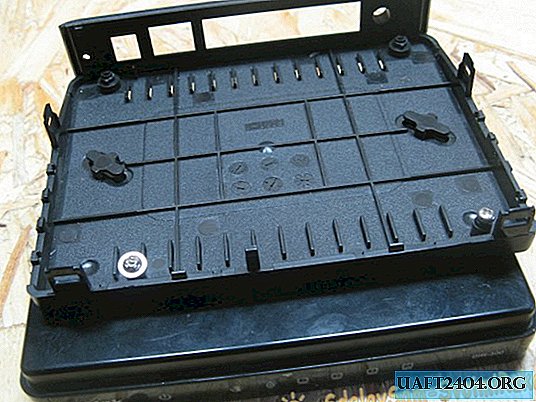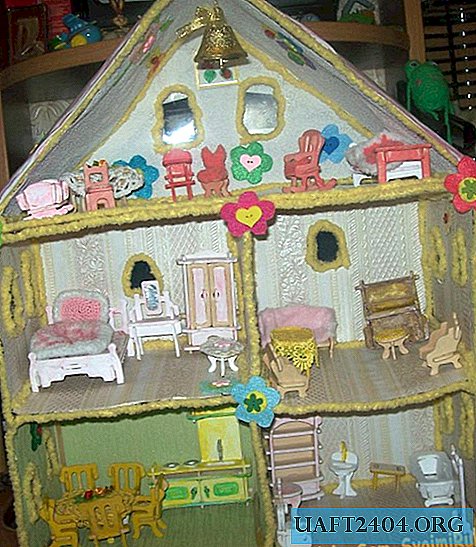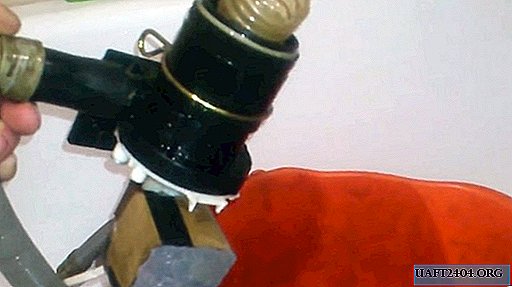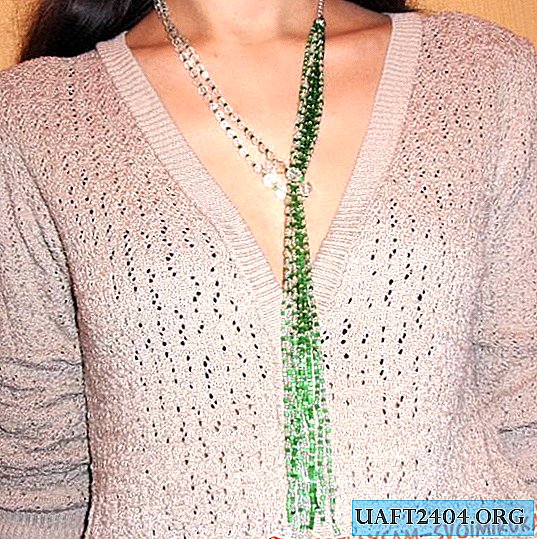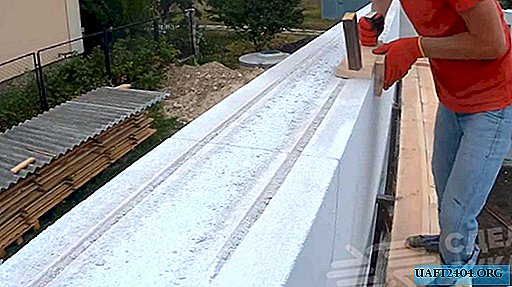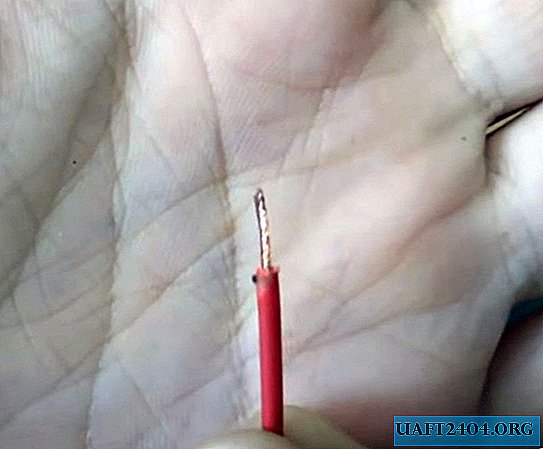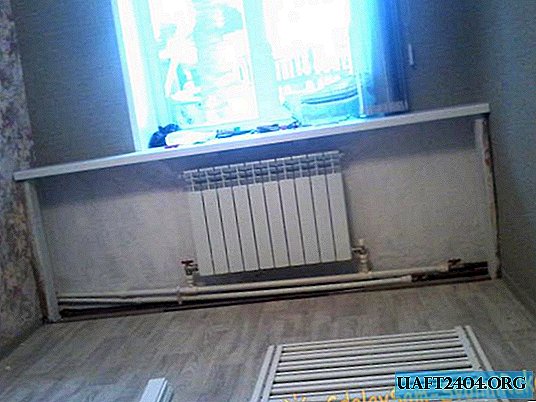Share
Pin
Tweet
Send
Share
Send
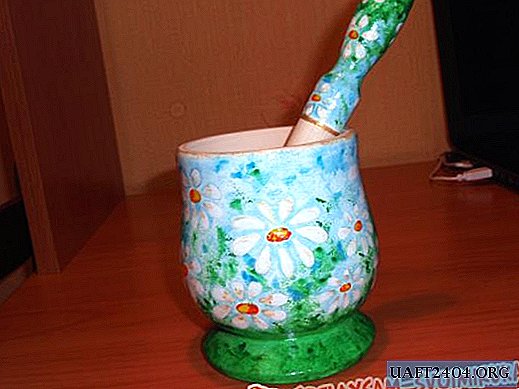
To give the product a unique look, a multi-color background will help to give your creation airiness and depth.
For this you need:

- wooden mortar and pestle,
- abrasive paper
- primer, paints and varnish for decorative work,
- brushes of different diameters
- container for paints,
- sponge for dishes
- pencil, eraser,
- an album for drawing and fabric gloves are required for beginners and are desirable for other lovers of needlework.
Manufacturing technique
1. First of all, it is necessary to give the workpiece smoothness for better application of soil and paints, as well as for safe use as kitchen utensils.
We take a mortar and pestle and with the help of sandpaper we eliminate small irregularities and roughness. To protect hands and nails we use fabric gloves.

2. To delimit the surface of the pestle for drawing a drawing, draw a line with a pencil around his pen. For uneven application, use a soft eraser.

3. Then we ground the surface with acrylic primer and a large-diameter brush made of natural bristles or nylon. On the pestle, apply the soil along the line previously marked with a pencil.

4. For the final leveling of the surface, grind the workpiece with fine sandpaper. Then, after drying the first layer, re-apply the soil and repeat grinding.
Cloth gloves are useful in the work to protect the skin and nails from abrasive.

5. We draw on the daisy blank, trying to give them the same shape. Size and location may vary. In this case, the chess order is used. It is better to use a soft pencil and an eraser, they do not leave a trace when erased.
If there is a need, you can pre-sketch on paper.

6. Take a soft dishware sponge and cut into small pieces. Fragments of the sponge will be the basis for creating a voluminous background.
Then we paint the workpiece and pestle with white acrylic paint. We apply the paint in two stages:
with a brush, gently paint over the very top of the mortar and pestle at the dividing line about a centimeter wide
we draw paint on the sponge and with light movements pointwise apply it over the entire surface of the workpiece
It is better to lay out a small portion of paint in a flat container, for example, a saucer, and take a little with a sponge.
There is no need to cover the blank completely with white paint, because in the future it will be covered with paint of other colors. To see the pencil drawing, the paint must be applied with a thin layer.
To make the paint more transparent, you can add a drop of water or a thinner for acrylic paints.

7. We begin to create a colored volumetric background.
We need a sponge, saucer, white, blue, green and dark green paint, a synthetic brush.
When working with a sponge, you need to remember that when changing the color used, it must be washed and dried, or replaced with another.

On a saucer, mix white paint and blue. We collect the resulting mixture on the edge of the sponge and put on the workpiece with connecting spots. Add a portion of blue paint to the mixture and repeat the procedure, but paint a smaller area of the workpiece. Paint can be applied one to another.
For beginners, it is recommended to practice applying paint on a sheet of thick paper.
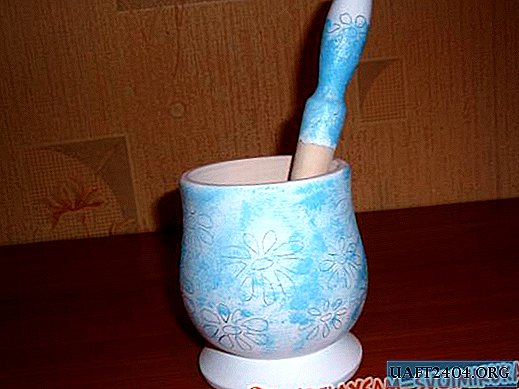
8. We continue to form the background. We fill the middle and lower part of the workpiece with green paint, respectively, on the pestle we apply paint to the middle and top.
In the final stage of creating the background, add a little dark green paint.

9. White paint the petals of daisies.

10. The middle of the flowers is painted in yellow.

11. Give the flowers brightness and depth by drawing with orange paint.

12. Mix blue paint and a couple of drops of water and circle the petals of daisies to highlight them on the background. Instead of water, you can use a thinner for acrylic paints.

If daisies are clearly visible in the background, this step is optional.
13. For the last stage of the use of paints you will need a small diameter brush and gold paint.

We apply gold metallic paint on the rim of the mortar and the demarcation line on the pestle, for brightness we repeat the coloring.
To give camomiles liveliness, and a gloss product, paint the petals with gold.

14. We cover the product with varnish for wood. Repeat varnishing up to 3 times.
Brushes are best used from synthetics.
You must remember: to prevent stickiness of the varnish, you must follow the instructions for its use, and not rush to apply a new layer.

After varnishing, the mortar is ready.

Making a voluminous background is easy even for a beginner. At the first application, it is better to practice on a sheet of thick paper or cardboard.
Creation of an author’s thing is not only a process of creativity, but also benefits from the point of view of life. The resulting product is safe and can be used as utensils.
Share
Pin
Tweet
Send
Share
Send

